Home>Gardening & Outdoor>Plant Care & Gardening Tips>When To Plant Wildflower Seeds In North Carolina
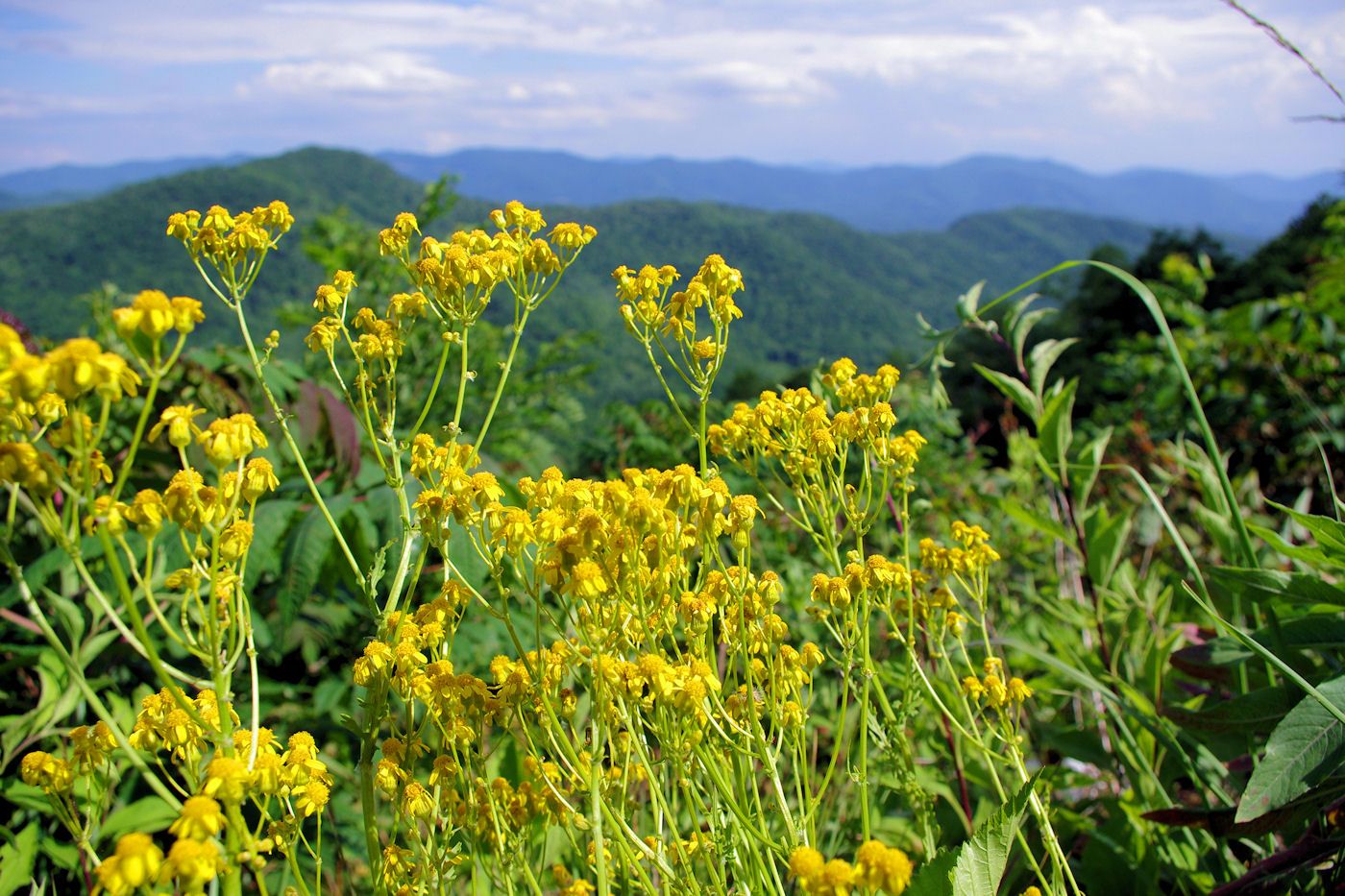

Plant Care & Gardening Tips
When To Plant Wildflower Seeds In North Carolina
Modified: January 9, 2024
Discover the best time to plant wildflower seeds in North Carolina with expert plant care and gardening tips. Ensure successful growth and beautiful blooms in your garden.
(Many of the links in this article redirect to a specific reviewed product. Your purchase of these products through affiliate links helps to generate commission for Storables.com, at no extra cost. Learn more)
Introduction
Understanding the Beauty of Wildflowers in North Carolina
North Carolina's diverse and picturesque landscapes provide an ideal environment for wildflowers to flourish. These natural wonders not only enhance the scenic beauty of the region but also play a crucial role in supporting local ecosystems. With their vibrant colors and unique characteristics, wildflowers have captivated the hearts of gardening enthusiasts and nature lovers alike. In this article, we will delve into the fascinating world of wildflowers in North Carolina, exploring the factors to consider before planting their seeds, the optimal timing for planting, and the essential steps for nurturing these stunning blooms.
As we embark on this horticultural journey, it's important to recognize the significance of wildflowers in North Carolina's ecosystem. These native plants contribute to the overall biodiversity of the region, providing essential habitats and food sources for various wildlife species. Additionally, wildflowers play a vital role in the pollination process, supporting the reproduction of numerous plant species and contributing to the overall health of the environment.
Furthermore, the visual appeal of wildflowers adds a touch of natural elegance to gardens, meadows, and open spaces across North Carolina. Whether adorning a backyard garden or enhancing the scenic beauty of public parks, the presence of wildflowers brings a sense of tranquility and natural charm to the surroundings. Their ability to thrive in diverse environments, from sunny meadows to shaded woodlands, makes them an accessible and rewarding choice for both experienced gardeners and beginners.
Throughout this article, we will explore the best practices for planting and caring for wildflowers in North Carolina, aiming to provide valuable insights and practical tips for individuals looking to embrace the beauty of these native blooms. By understanding the unique characteristics of wildflowers and the optimal conditions for their growth, gardeners can create stunning displays of color while contributing to the preservation of North Carolina's natural heritage. Join us as we unravel the enchanting world of wildflowers and discover the art of cultivating these captivating plants in the heart of North Carolina's breathtaking landscapes.
Understanding Wildflowers in North Carolina
Key Takeaways:
- Embrace the beauty of North Carolina’s wildflowers by planting native species in well-drained soil and choosing the optimal seasons for sowing seeds to create vibrant and sustainable gardens.
- Nurturing native wildflowers in North Carolina involves mindful maintenance, sustainable practices, and a deep appreciation for their enduring beauty and ecological significance.
Exploring the Diversity and Significance of Native Wildflowers
North Carolina boasts a rich tapestry of native wildflowers, each contributing to the state’s natural beauty and ecological diversity. From the majestic Blue Ridge Mountains to the tranquil coastal plains, the varied landscapes of North Carolina provide a flourishing habitat for an array of wildflower species. Understanding the unique characteristics and habitats of these native blooms is essential for successful cultivation and preservation.
One of the most iconic wildflowers in North Carolina is the Carolina Lily (Lilium michauxii), renowned for its striking red and yellow blooms that grace the woodlands and meadows during the summer months. This native lily symbolizes the state’s natural heritage and serves as a testament to the resilience of wildflowers in the region’s diverse ecosystems.
Another beloved wildflower is the Cardinal Flower (Lobelia cardinalis), a vibrant perennial known for its scarlet-red blossoms that attract hummingbirds and butterflies. Thriving in moist woodland areas and along stream banks, the Cardinal Flower adds a splash of color to North Carolina’s natural landscapes, embodying the state’s rich biodiversity.
Furthermore, the Purple Coneflower (Echinacea purpurea) stands as a symbol of resilience and vitality, with its distinctive purple petals and prominent seed heads. This resilient wildflower is a favorite among pollinators and gardeners alike, thriving in the sunny meadows and open spaces that characterize North Carolina’s countryside.
Understanding the diverse habitats and blooming seasons of native wildflowers is essential for creating thriving and sustainable gardens. By selecting species that are well-adapted to the local climate and soil conditions, gardeners can establish vibrant displays of wildflowers that not only enhance the aesthetic appeal of their surroundings but also contribute to the preservation of North Carolina’s natural ecosystems.
As we immerse ourselves in the enchanting world of North Carolina’s wildflowers, it becomes evident that these native blooms are not merely ornamental additions to the landscape but integral components of the state’s ecological tapestry. By embracing the beauty and significance of native wildflowers, we can cultivate a deeper appreciation for the natural wonders that grace the landscapes of North Carolina, fostering a harmonious coexistence between humans and the captivating flora that defines this remarkable state.
Factors to Consider Before Planting Wildflower Seeds
Key Considerations for Successful Wildflower Cultivation
Before embarking on the rewarding journey of planting wildflower seeds in North Carolina, it’s essential to consider several key factors that will contribute to the success and sustainability of your wildflower garden. Understanding these crucial elements will help you create an optimal environment for the growth and flourishing of native wildflowers, ensuring a vibrant and resilient display of blooms.
- Native Species Selection: When planning a wildflower garden, selecting native species that are well-adapted to North Carolina’s climate and soil conditions is paramount. Native wildflowers have evolved to thrive in the local ecosystem and are better equipped to withstand regional challenges such as temperature fluctuations, precipitation patterns, and soil composition.
- Site Assessment: Assessing the planting site for sunlight exposure, soil drainage, and existing vegetation is crucial. Most wildflowers thrive in well-drained soil and require varying levels of sunlight, so choosing an appropriate location that meets the specific needs of the selected wildflower species is essential for their successful establishment.
- Wildflower Growth Habit: Understanding the growth habits and space requirements of different wildflower species is vital for planning the layout and design of your garden. Some wildflowers may spread rapidly, while others have more compact growth habits, so considering the overall space available and the desired aesthetic impact is important.
- Watering and Maintenance: Evaluating the availability of water sources and the feasibility of regular maintenance is crucial for the long-term health of your wildflower garden. While native wildflowers are generally resilient once established, ensuring adequate water during the initial growth stages and addressing any maintenance requirements will contribute to their overall vitality.
- Seasonal Blooms: Considering the blooming seasons of different wildflower species is essential for creating a garden with continuous and diverse displays of color throughout the year. By selecting a mix of early, mid, and late-season bloomers, you can ensure that your wildflower garden remains vibrant and captivating across multiple seasons.
By carefully considering these key factors before planting wildflower seeds, you can lay a solid foundation for a thriving and sustainable garden that celebrates the natural beauty and resilience of North Carolina’s native wildflowers. Embracing the unique characteristics of each species and tailoring your garden to their specific needs will not only yield stunning visual displays but also contribute to the preservation of the state’s precious ecological heritage.
Best Time to Plant Wildflower Seeds in North Carolina
Optimal Seasons for Sowing Wildflower Seeds
Choosing the right time to plant wildflower seeds is crucial for establishing a successful and vibrant garden in North Carolina. The state’s diverse climate and ecosystems offer distinct growing conditions, influencing the optimal timing for sowing wildflower seeds. By aligning the planting schedule with the natural rhythms of the local environment, gardeners can maximize the potential for robust growth and prolific blooming of native wildflowers.
For many wildflower species in North Carolina, the ideal time for sowing seeds falls within the transitional periods between seasons, allowing the seeds to germinate and establish strong root systems before facing extreme weather conditions. In the western regions of the state, characterized by the majestic Blue Ridge Mountains, early spring and early fall present favorable windows for planting wildflower seeds. The moderate temperatures and adequate moisture during these periods create conducive conditions for seed germination and initial growth.
In the central Piedmont region of North Carolina, which encompasses rolling hills and fertile plains, the late fall and early spring months offer optimal opportunities for sowing wildflower seeds. The gradual transition from cooler to warmer temperatures provides an ideal environment for the seeds to take root and develop resilient seedlings, preparing them for the challenges of the upcoming seasons.
Along the coastal plains of North Carolina, where the maritime climate influences growing conditions, the late fall and late winter to early spring periods are well-suited for planting wildflower seeds. The mild winters and early spring warmth create a nurturing environment for the seeds to germinate and establish healthy root systems, setting the stage for robust growth and abundant blooms.
Understanding the specific blooming periods and growth habits of the chosen wildflower species is essential for determining the optimal planting time. Some species may benefit from fall planting to experience a period of cold stratification, while others thrive when sown in early spring to take advantage of the increasing daylight and warming temperatures.
By aligning the planting schedule with the natural rhythms of North Carolina’s distinct regions and the unique characteristics of native wildflowers, gardeners can cultivate thriving and resilient gardens that celebrate the diverse beauty of the state’s natural landscapes. Embracing the optimal planting times for wildflower seeds ensures that your garden will bloom with vitality and enchantment, enriching the local environment and inspiring admiration for North Carolina’s native flora.
Preparing the Soil for Planting
Plant wildflower seeds in North Carolina in the fall, between September and November. This allows the seeds to establish roots before winter and bloom in the spring.
Nurturing a Healthy Foundation for Wildflower Growth
Creating a nurturing environment for wildflower seeds begins with preparing the soil to provide essential nutrients, optimal drainage, and a hospitable medium for seed germination and root development. In North Carolina, the diverse soil compositions and regional microclimates necessitate careful consideration and preparation to ensure the successful establishment of native wildflowers.
Conducting a soil test to assess the pH level, nutrient content, and overall composition of the planting site is a crucial first step. By understanding the soil’s characteristics, gardeners can make informed decisions regarding soil amendments and adjustments to create an ideal growing medium for wildflowers. Most native wildflowers in North Carolina thrive in well-drained, slightly acidic soils, making it essential to tailor the soil conditions to their preferences.
Adding organic matter, such as compost or well-rotted manure, can enhance the soil’s structure and fertility, providing a rich and balanced foundation for wildflower growth. Incorporating organic amendments also improves the soil’s water retention capacity and promotes beneficial microbial activity, fostering a healthy and vibrant ecosystem within the soil.
For sites with compacted or heavy clay soils, loosening the soil through tilling or aerating can improve its texture and promote better root penetration for the wildflower seeds. This process also facilitates improved air circulation and water infiltration, creating an environment conducive to robust root development and overall plant health.
When preparing the soil for planting, it’s essential to remove any existing weeds or competing vegetation that may hinder the growth of wildflowers. Clearing the planting site of invasive species and unwanted plants reduces competition for resources and gives the wildflower seeds the best chance to establish themselves and thrive in their new environment.
Once the soil has been assessed, amended, and cleared, it’s important to create a smooth and level seedbed to facilitate even seed distribution and optimal seed-to-soil contact. Raking the soil to create a fine, crumbly texture provides an ideal surface for sowing wildflower seeds, ensuring that they are in close proximity to the soil for successful germination and early growth.
By meticulously preparing the soil to meet the specific needs of native wildflowers, gardeners can lay a solid foundation for the successful establishment and flourishing of these captivating blooms. Nurturing the soil to provide a balanced and hospitable environment sets the stage for a vibrant and sustainable wildflower garden, enriching North Carolina’s landscapes with the beauty and resilience of its native flora.
Planting Wildflower Seeds
Nurturing the Promise of Native Beauty
Planting wildflower seeds in North Carolina is an artful endeavor that involves careful consideration of seed selection, sowing techniques, and nurturing practices. By embracing the unique characteristics of native wildflowers and the diverse ecosystems of the state, gardeners can sow the seeds of natural beauty, creating enchanting displays of color and vitality across the landscape.
Choosing the right wildflower seeds is the first step in cultivating a thriving and diverse garden. Opt for a mix of native wildflower species that are well-suited to North Carolina’s climate and growing conditions, ensuring a harmonious and resilient blend of blooms. Selecting a variety of early, mid, and late-season bloomers contributes to a continuous and captivating display of color throughout the year, enriching the local environment and supporting pollinators.
When sowing wildflower seeds, it’s essential to prepare the soil thoroughly, creating a receptive and nurturing environment for the seeds to germinate and establish strong root systems. Evenly distributing the seeds across the prepared seedbed and gently pressing them into the soil promotes optimal seed-to-soil contact, facilitating successful germination and early growth.
For larger seeds, such as those of sunflowers or black-eyed Susans, planting them at a depth that is approximately two to three times their diameter provides an ideal starting point for germination. Lightly covering the seeds with a thin layer of soil and gently tamping the surface ensures that the seeds are protected while still having access to the necessary elements for growth.
Watering the newly sown wildflower seeds is a critical step in their journey to becoming vibrant blooms. Providing a gentle and consistent moisture level, especially during the initial stages of growth, supports the germination process and encourages the development of healthy seedlings. Care should be taken to avoid overwatering, as excessive moisture can impede germination and lead to fungal issues.
As the wildflower seeds begin to germinate and the delicate seedlings emerge, maintaining a balanced moisture level and providing adequate sunlight are essential for their continued development. Thinning out overcrowded seedlings, if necessary, promotes better airflow and reduces competition for resources, allowing the remaining plants to thrive and reach their full potential.
By nurturing the promise of native beauty through thoughtful seed selection, meticulous sowing techniques, and attentive care, gardeners can cultivate vibrant and sustainable wildflower gardens that celebrate the natural heritage of North Carolina. Sowing the seeds of native wildflowers is not only a horticultural pursuit but a testament to the enduring allure and resilience of the state’s captivating flora.
Caring for Wildflowers
Nurturing the Resilience and Beauty of Native Blooms
Once native wildflowers have taken root and begun to grace the landscape with their vibrant blooms, providing attentive care is essential for ensuring their continued health and vitality. Caring for wildflowers in North Carolina involves a harmonious blend of mindful maintenance, sustainable practices, and a deep appreciation for the enduring beauty and ecological significance of these native plants.
Regular monitoring of the wildflower garden allows gardeners to assess the overall health of the plants, identify any signs of stress or disease, and address potential issues proactively. Observing the growth habits, blooming patterns, and interactions with pollinators provides valuable insights into the well-being of the wildflowers, guiding informed care and maintenance decisions.
Watering native wildflowers, especially during periods of limited rainfall or drought, is crucial for supporting their growth and blooming potential. Providing deep, infrequent waterings that penetrate the root zone encourages the development of resilient root systems and promotes the overall health and vigor of the plants. Mulching around the base of the wildflowers helps retain soil moisture, suppresses weed growth, and contributes to the conservation of water resources.
Implementing sustainable and organic gardening practices, such as utilizing natural fertilizers and minimizing the use of chemical inputs, fosters a balanced and eco-friendly approach to caring for wildflowers. Embracing the principles of ecological stewardship and mindful cultivation not only benefits the immediate garden environment but also contributes to the preservation of North Carolina’s natural ecosystems.
Deadheading spent blooms and removing faded flowers not only enhances the aesthetic appeal of the wildflower garden but also encourages the plants to redirect their energy into producing new blooms. This regular maintenance practice prolongs the blooming period and supports the overall vitality and resilience of the wildflowers, creating a continuous spectacle of color and fragrance.
As the seasons transition and the wildflowers complete their blooming cycle, allowing some spent blooms to mature into seed heads contributes to the natural propagation of the plants. This sustainable approach to seed dispersal ensures the continued presence of native wildflowers in the garden, perpetuating their beauty and ecological contributions for future seasons.
By caring for native wildflowers with reverence and attentiveness, gardeners play a vital role in preserving North Carolina’s natural heritage and fostering a deeper connection with the captivating flora that graces the state’s landscapes. Nurturing the resilience and beauty of wildflowers is not only a horticultural pursuit but a celebration of the enduring splendor and ecological significance of these native blooms.
Conclusion
Celebrating the Timeless Beauty of North Carolina’s Wildflowers
As we conclude our exploration of wildflowers in North Carolina, we are reminded of the enduring allure and ecological significance of these native blooms. From the misty peaks of the Blue Ridge Mountains to the sun-drenched coastal plains, the diverse landscapes of North Carolina provide a canvas for the vibrant colors and delicate beauty of wildflowers to flourish. Embracing the art of cultivating and caring for native wildflowers is a testament to our appreciation for the natural heritage of the state and our commitment to preserving its ecological diversity.
Understanding the unique characteristics of native wildflowers and the optimal conditions for their growth empowers us to create thriving and sustainable gardens that enrich the local environment and inspire admiration for the resilience of these captivating plants. By carefully considering factors such as native species selection, soil preparation, and planting techniques, gardeners can cultivate vibrant displays of color that celebrate the diverse beauty of North Carolina’s natural landscapes.
Caring for wildflowers is a harmonious blend of mindful maintenance, sustainable practices, and a deep reverence for the enduring beauty and ecological significance of these native plants. Through attentive monitoring, responsible watering, and sustainable gardening practices, we nurture the resilience of wildflowers and contribute to the preservation of North Carolina’s precious natural ecosystems.
As we tend to the needs of native wildflowers, we become stewards of the state’s natural heritage, fostering a deeper connection with the captivating flora that graces the landscapes of North Carolina. Each bloom that adorns our gardens is a testament to the timeless beauty and ecological contributions of these native plants, enriching our lives and the local environment with their vibrant presence.
In the heart of North Carolina’s breathtaking landscapes, the wildflowers stand as ambassadors of natural elegance and enduring resilience. Their vibrant colors and delicate forms captivate our senses and inspire a profound appreciation for the intricate tapestry of life that thrives within the state’s diverse ecosystems. By embracing the art of cultivating and caring for native wildflowers, we honor the timeless beauty of North Carolina and ensure that its natural heritage continues to flourish for generations to come.
Frequently Asked Questions about When To Plant Wildflower Seeds In North Carolina
Was this page helpful?
At Storables.com, we guarantee accurate and reliable information. Our content, validated by Expert Board Contributors, is crafted following stringent Editorial Policies. We're committed to providing you with well-researched, expert-backed insights for all your informational needs.
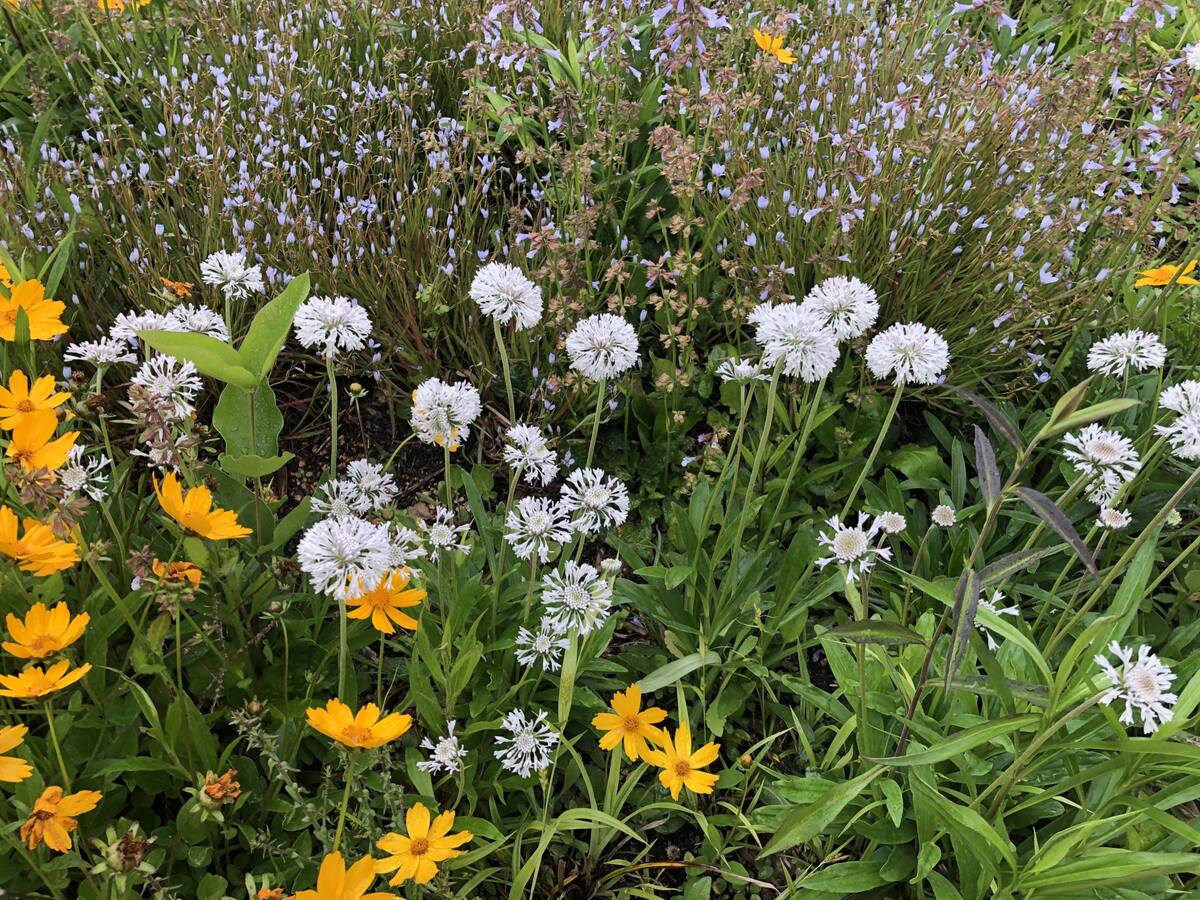
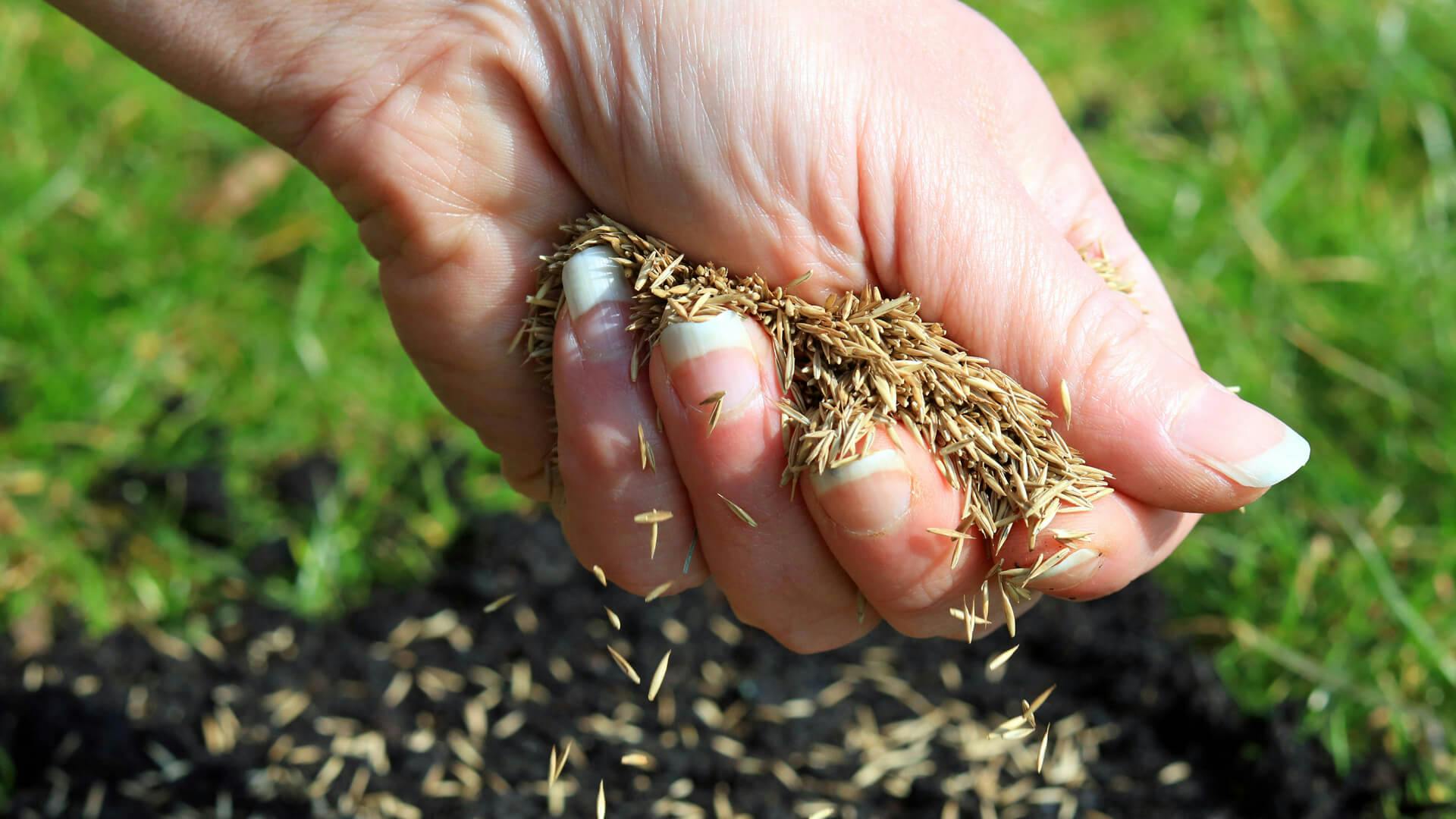


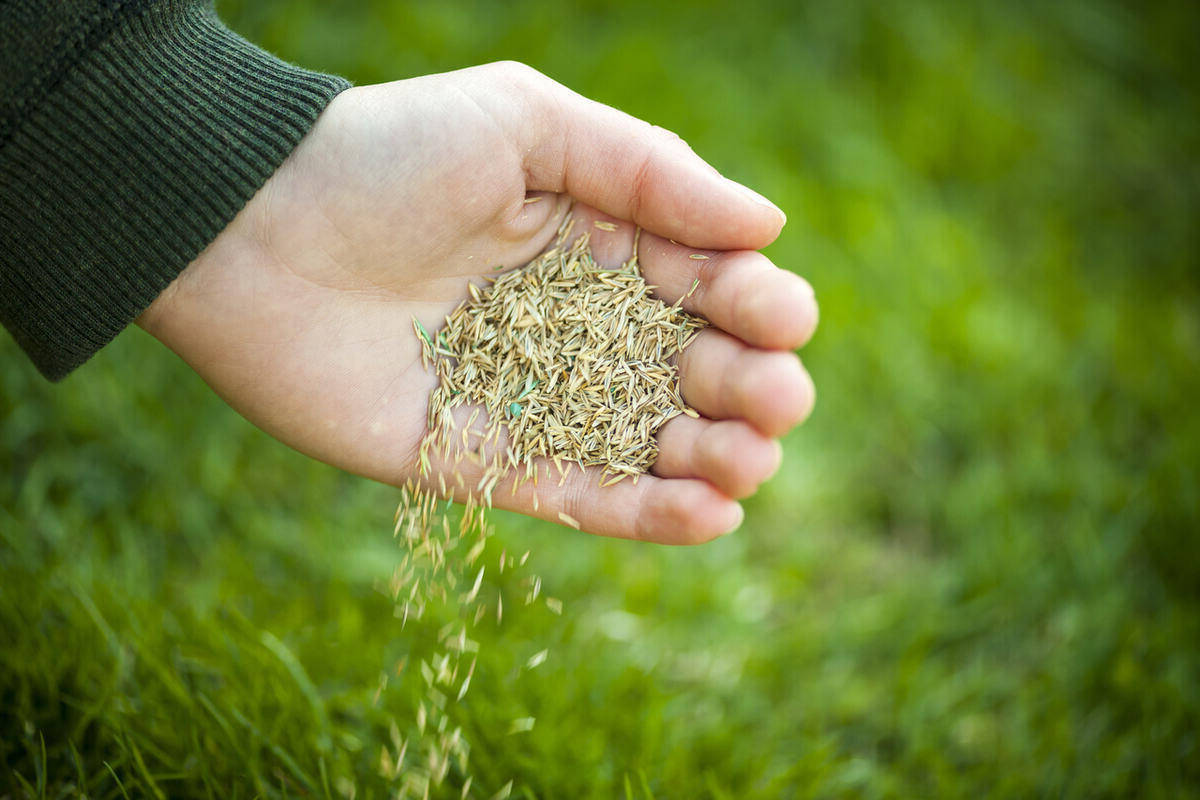
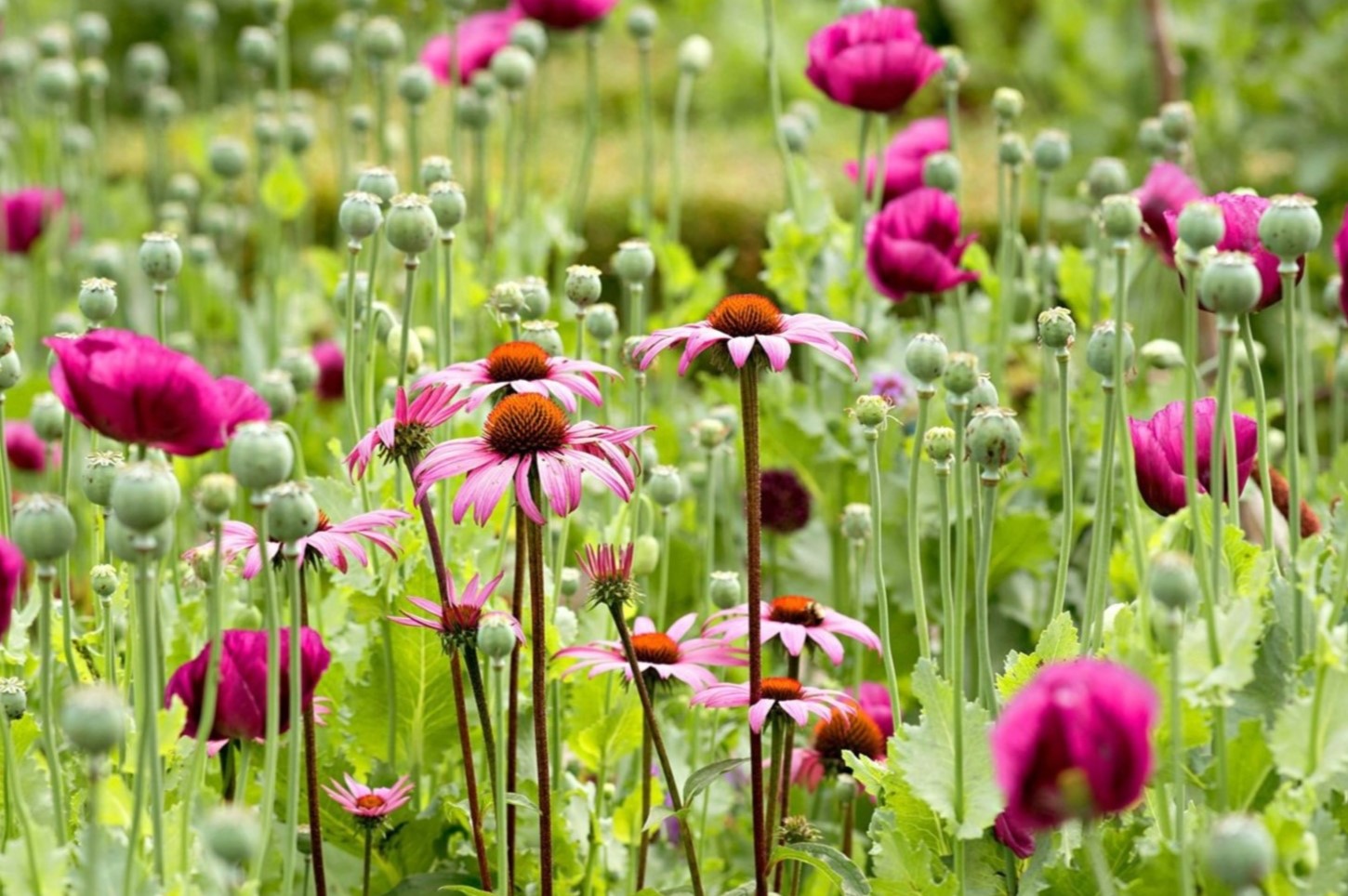
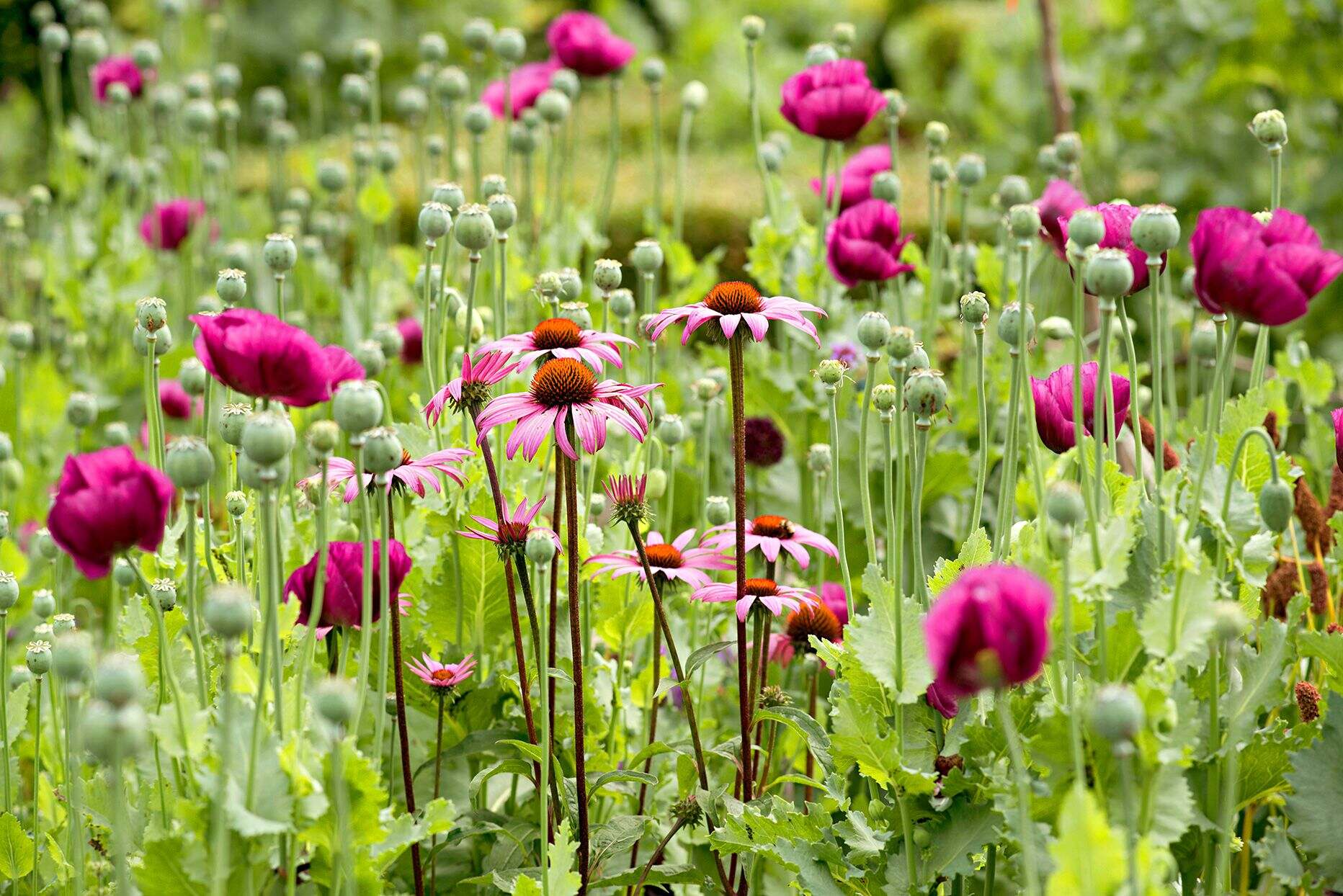
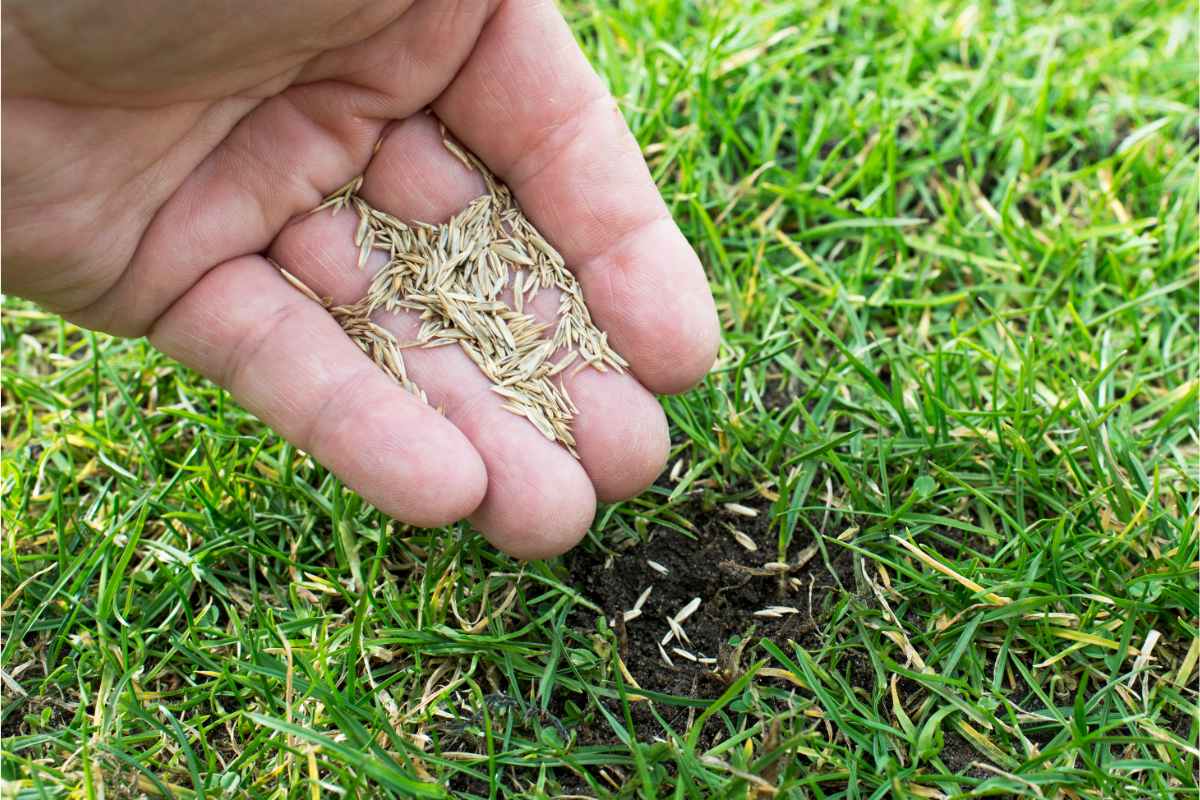
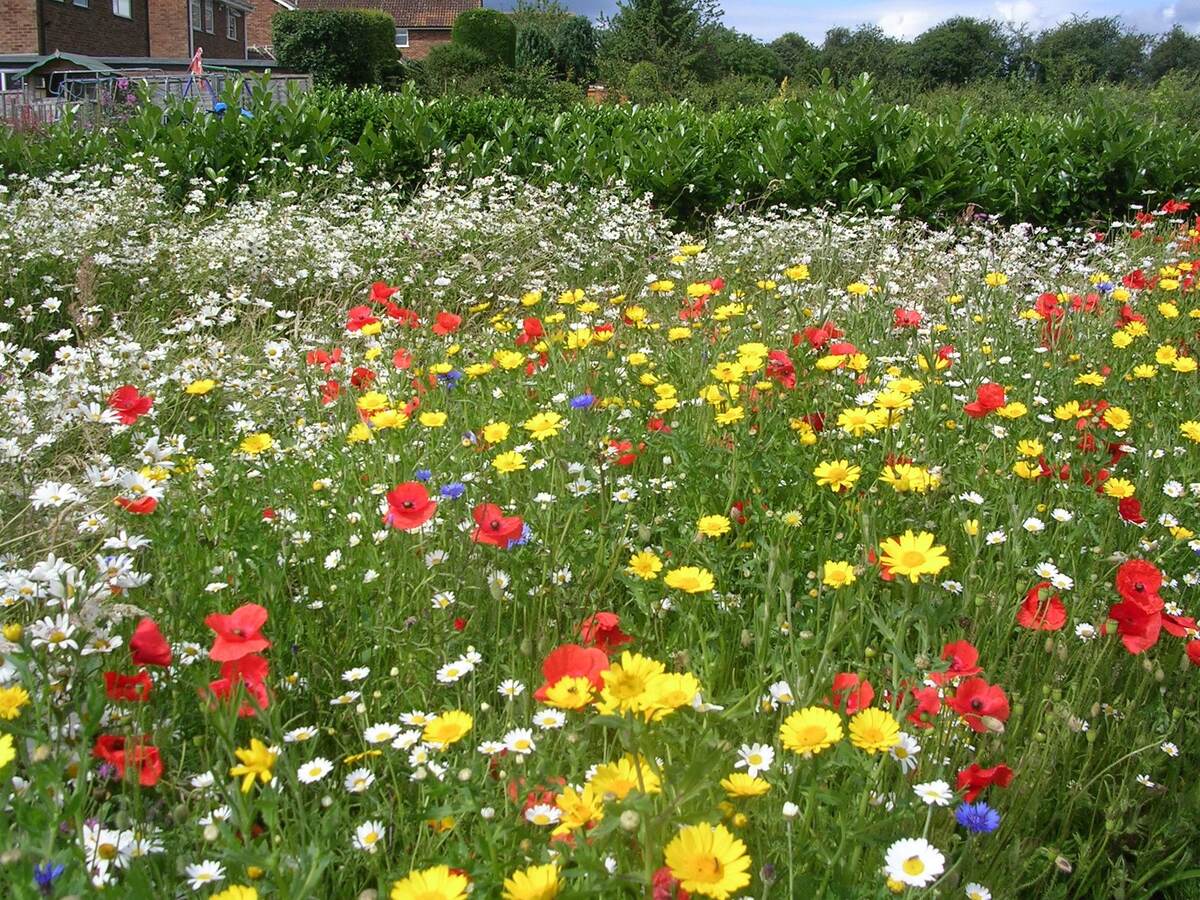
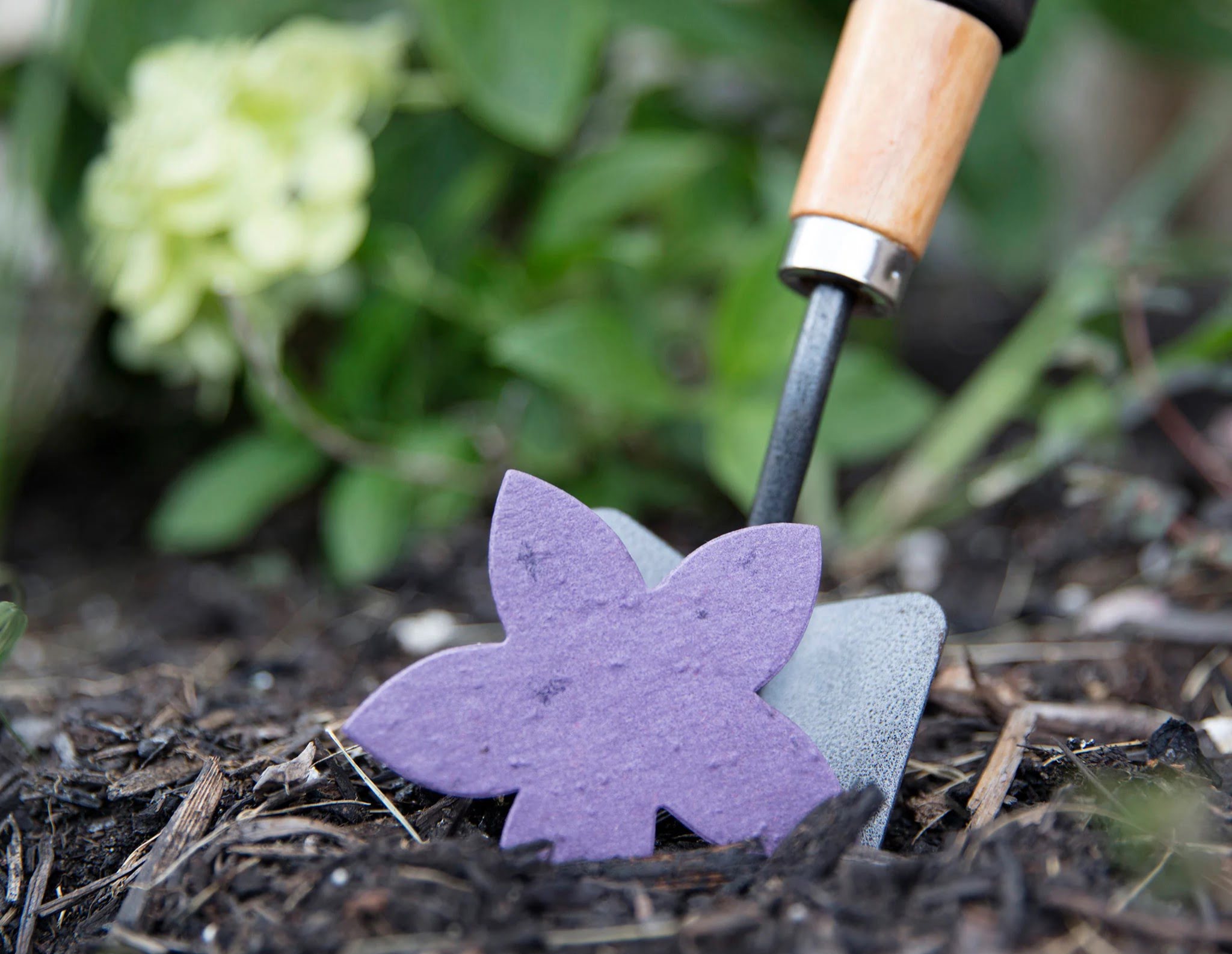
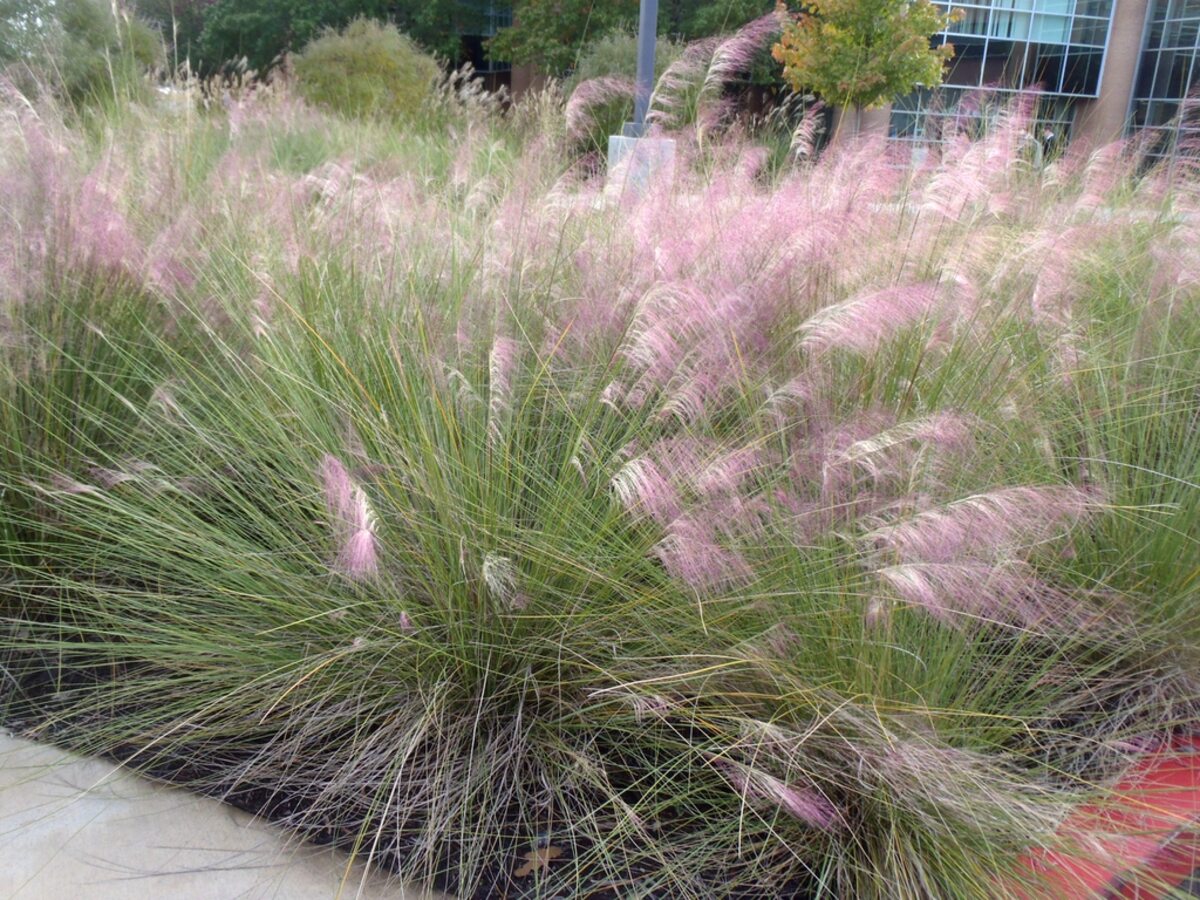


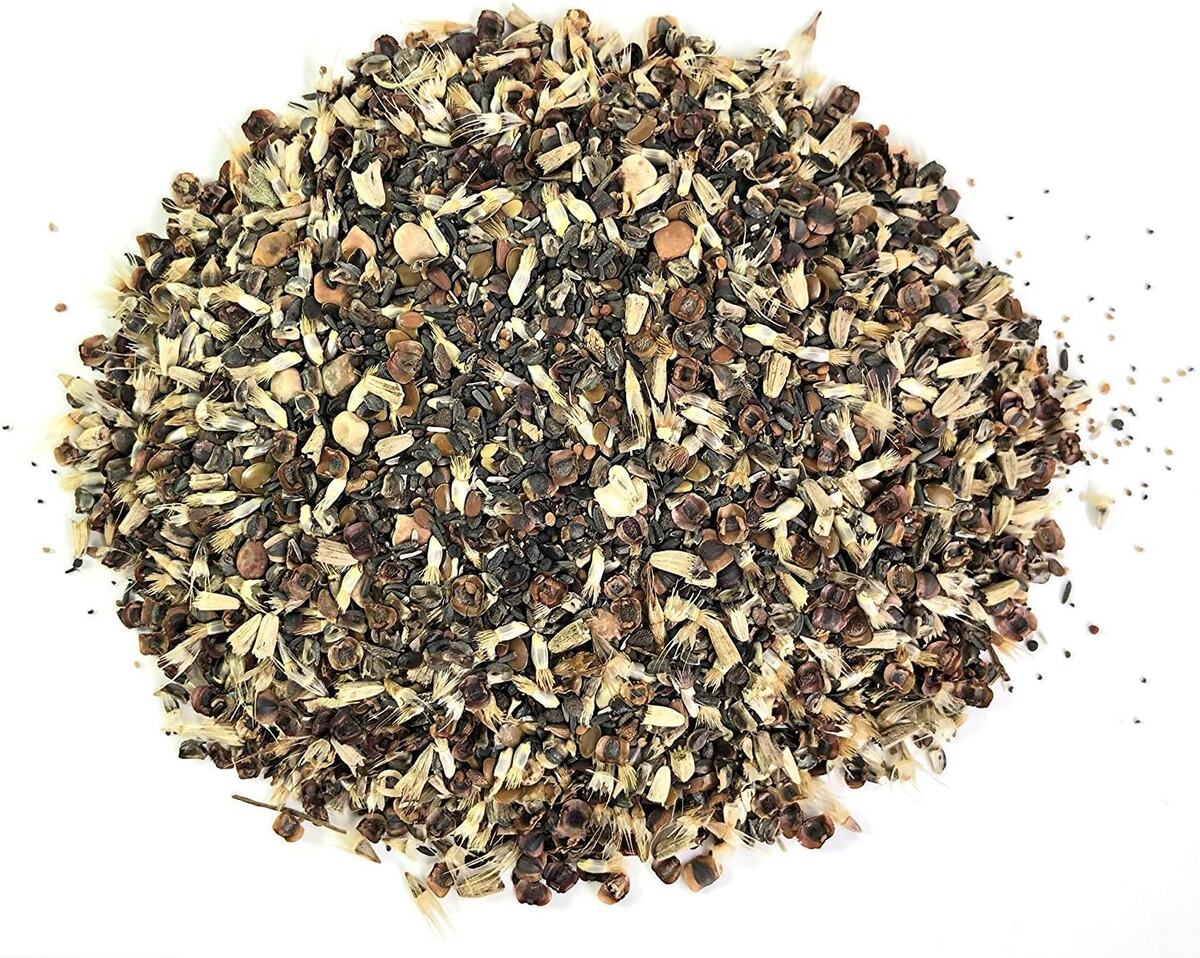

0 thoughts on “When To Plant Wildflower Seeds In North Carolina”